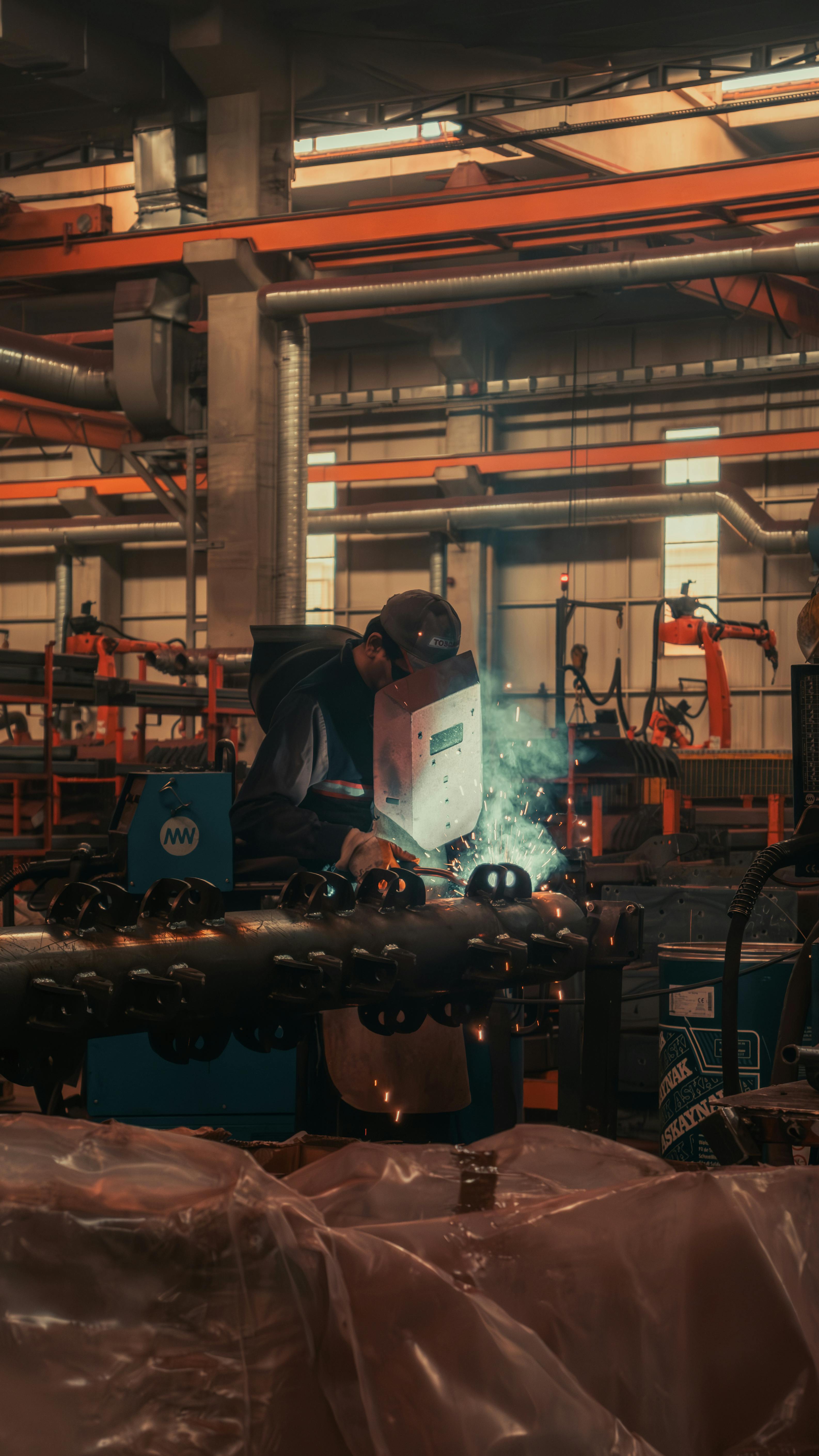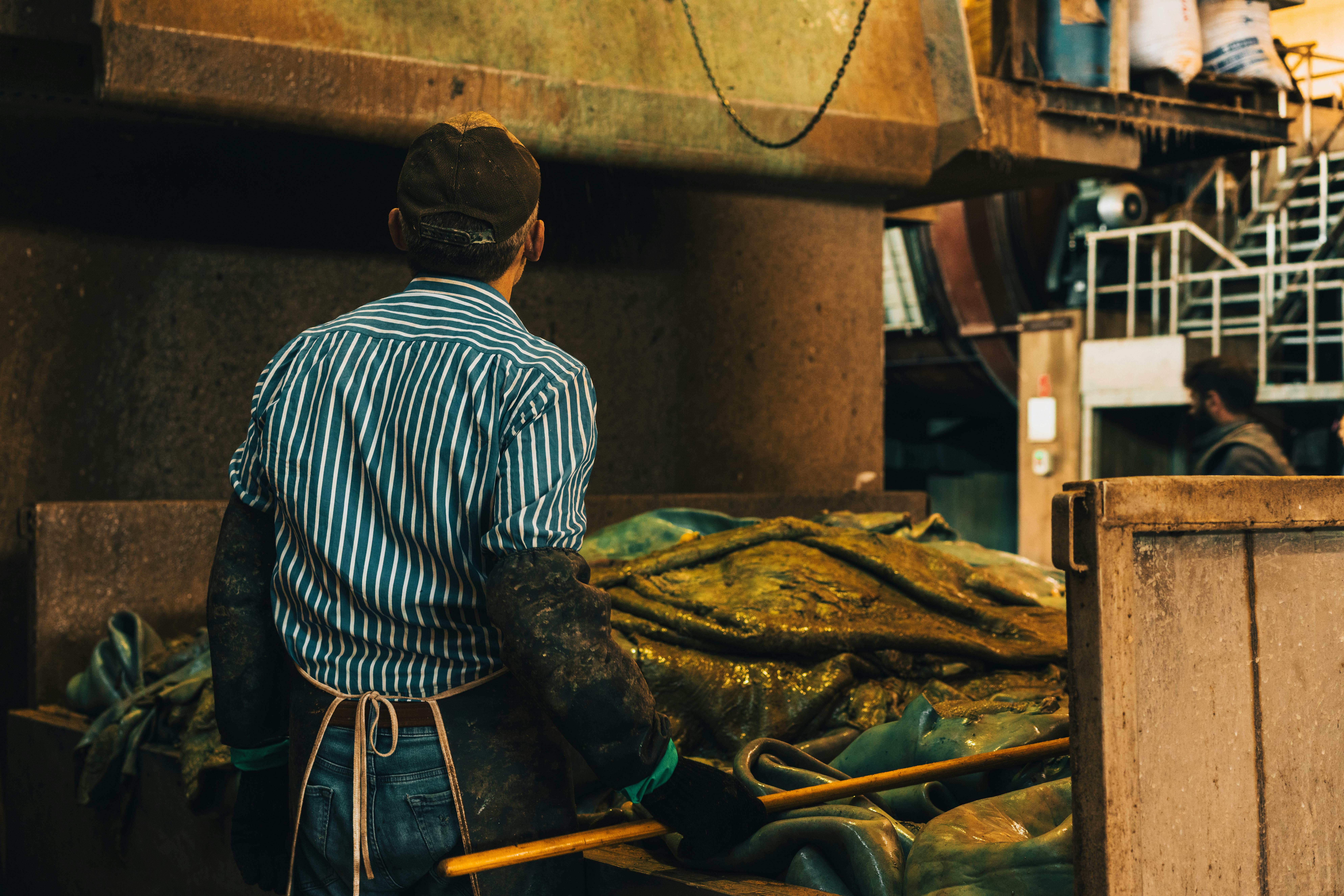Turkey’s Automotive Quality: Proven Manufacturing Techniques Revealed
While automotive giants in Germany or Japan often dominate the headlines, there’s a less-hyped—but arguably more intriguing—story unfolding in Turkey. What really struck me on my first visit to an Istanbul assembly plant was the palpable focus on reliability over flash, on process mastery rather than brute automation. I’m still learning about the entire geography of Turkey’s manufacturing landscape—let’s be honest, it’s complex and not without its quirks—but after years of comparing facilities across continents, the consistent product quality coming out of Turkish plants is hard to ignore.1 You might ask: what exactly are they doing differently, and why does it work so well?
In my experience, Turkey’s approach is less about “reinventing” car production and more about refining time-tested techniques, embracing hard lessons, and evolving through real-world iteration. The result? Remarkable reliability, impressive efficiency, and a model that continues to attract global automakers decade after decade. Funny thing is, many professionals outside the region still underestimate just how sophisticated these techniques have become.
Why Turkey’s Automotive Quality Matters
I’ve consistently found executives and buyers globally asking what’s behind Turkey’s reputation for reliable automotive exports. According to the Turkish Exporters Assembly, automotive accounts for roughly 13% of total exports—and it’s not just quantity, but repeat orders from satisfied clients that speak volumes.2 From a business perspective, consistency saves on warranty costs, minimizes recalls, and builds brand equity—not trivial benefits.
Key Insight
Turkey’s manufacturing DNA combines lean production, collaborative supplier relationships, and adaptive workforce training to maximize output reliability.
Historical Roots & Context
I need to clarify something upfront: Turkish automotive isn’t new, nor did it spring up overnight. Roll back the clock to the 1960s, and the country’s assembly lines began with licensed production for foreign brands.3 But even then, a culture of “continuous improvement” was quietly taking root. This isn’t unique to Turkey, but the speed and depth at which it integrated international standards—ISO, QS, and later, Industry 4.0 methodologies—have left a mark. By 1994, Turkey was already exporting to EU markets, a feat made possible by adherence to strict quality protocols rather than just economic factors.4
Ever notice how some countries talk big about exports, but barely deliver on quality? Turkey’s trajectory was different. Organizational learning (I’ll be honest, I used to undervalue this) and factory-level ownership of process controls really set the foundation for modern-day consistency.
Did You Know? Turkey’s automotive sector employs over 300,000 people across manufacturing, R&D, and supply chain operations. The Marmara region—including Istanbul, Bursa, and Kocaeli—is the beating heart of this ecosystem, with more than 80% of all automotive exports stemming from these industrial hubs.5
Lean Manufacturing: The Backbone of Turkish Process
Lean production is not a “trend” in Turkey—it’s how things get done. The more I study workflow here, the more I see just how deeply embedded these principles are. Gemba walks, Kanban systems, 5S methodologies—these are everyday realities rather than management buzzwords.6 Honestly, if you’re a supply chain nerd (like me), Turkey can feel like a case study in operational discipline.
One area still open for improvement—and I’ll admit, I go back and forth on this—is widespread adoption of predictive analytics. There’s progress, but room to grow in integrating AI-driven forecasting into lean practices.
Let that sink in for a moment. It’s habitual, not hype.
Skilled Workforce: Training for Reliability
Now, I’ll be completely honest: Every nation claims to value its skilled labor, but Turkey invests heavily in automotive workforce development. My mentor—who used to run training programs for an OEM based in Bursa—once pointed out that the region’s vocational schools regularly update curricula, not because of regulatory mandates, but due to industry partner feedback.7 This agility is rare and, in my experience, transformative.
From my perspective, what massively boosts reliability is not just the presence of technical expertise, but the integration between classroom learning and real-world line challenges. I remember during a 2018 audit, a line supervisor demonstrated error-proofing logic with such natural confidence—it was clear this wasn’t just textbook learning.
What Strikes Me
Turkey’s approach to workforce development bridges academic rigour and hands-on factory problem-solving, making quality a daily expectation rather than an end-of-line checkpoint.
Quality Auditing & Continuous Improvement
The more I consider the Turkish system, the clearer it becomes that their reliability isn’t just a product of initial design, but rigorous, iterative quality control. What should have been mentioned first is that Turkish factories conduct layer-upon-layer of quality audits:8
- Inline quality checks every 30 minutes on critical subsystems (welds, electronics, chassis alignments)
- Full-vehicle diagnostic audits at “gate” intervals prior to final assembly
- Randomised sample pulls for destructive testing (fatigue, corrosion, tensile strength)
- Digital traceability via QR-coded parts from supplier intake to outbound logistics
Honestly, I reckon this is where Turkey shifts from “good” to “excellent.” Fewer hidden defects escape the system, and corrective action cycles are measured in hours, not weeks. Of course, hiccups do happen—I’m not entirely convinced any country is immune to supply chain surprises—but the system’s resilience is tough to beat.
Supplier Integration & Local Sourcing
Let me step back for a moment. There’s a misconception that automotive excellence is only about what happens inside the factory walls. In Turkey, success is deeply tied to supplier partnerships. Global OEMs like Ford Otosan and Tofaş work hand-in-hand with domestic suppliers, nurturing long-term relationships. I’m partial to this approach because local sourcing not only accelerates responsiveness but also builds collective expertise.9
| Supplier Type | Integration Method | Benefit | Example |
|---|---|---|---|
| Tier-1 Engines | Real-Time Digital Sync | Faster Troubleshooting | Ford Otosan |
| Tier-2 Plastics | Weekly Quality Clinics | Shared Continuous Improvement | Tofaş |
| Metal Stamping | Process Audits & Feedback | Lower Defect Rates | Oyak Renault |
Quick Fact
According to recent studies, Turkish plants achieve supplier defect rates under 1.5%, among Europe’s lowest.10 This feeds into overall system reliability, giving Turkish-made vehicles an edge in warranty cost control.
Previously, most supply audits took days—now it’s hours, thanks to integrated digital monitoring. There are still challenges (currency fluctuation, regional logistics hiccups), but the collective troubleshooting model keeps risk contained.
Digital Tools: Process Optimization & Data Analytics
Digital transformation may sound like a universal buzzword, but in Turkey’s automotive sector it’s applied with surprising practicality. Last month, during a plant review, I watched digital dashboards tracking part flow, cycle time, defect alerts, and real-time machine status. What gets me is how Turkish teams prioritize actionable analytics over eye-candy DSP dashboards.
- RFID and QR-coded traceability for every major subsystem
- Predictive analytics supporting preventive maintenance
- Machine Vision for instant defect detection
- ERP software integration tying together plant floor, supplier chain, and outbound logistics
On second thought, it’s not just tools that matter—it’s the operational habit of “closing the loop” between data insight and rapid process correction. Some digital gaps remain (especially in small plants) but the overall trajectory is upward, with multinational brands bringing extra resources for modernization.11

Resilience, Innovation, and What’s Next
Okay, let’s step back. If you’re skeptical about whether Turkey’s automotive techniques will continue to set the bar for quality, you’re not alone—I go back and forth myself. Here’s the thing: Turkish manufacturers don’t operate in a vacuum. Current global disruptions (pandemic residuals, semiconductor shortages, shifting geopolitical winds) have certainly tested their process resilience. I’ve seen teams respond with cross-functional mobilizations that, frankly, rival those of major EU plants.12 That tells me something:
- Emergency sourcing strategies during COVID-19 lockdowns
- Rapid supplier swaps after regional logistics interruptions
- New partnerships with electrification and battery suppliers
- Adaptive production planning to mitigate semiconductor shortages
Forward-Looking Insight
Turkey’s automotive sector has proven its ability to rebound quickly from unforeseen disruptions—often by leveraging established relationships and ingrained process discipline.
Funny thing is, resilience isn’t “taught”—it’s nurtured through repetition. When local suppliers hit a snag, collective troubleshooting is the norm. I remember a 2021 parts crisis resolved by operators volunteering to work overtime, not because they were required to, but because there was real pride in not missing a shipment13. That’s not something you can fake.
Did You Know? Turkey’s automotive export footprint now reaches over 180 countries, including major EU and North American markets. This geographic diversity not only enhances resilience but forces manufacturers to comply with dozens of international quality standards.14
Innovation Paths: EVs and Automation
My thinking has evolved from seeing Turkey as “just an assembly hub” to appreciating its fast-growing R&D sector. TOGG’s electric vehicle launch is the most obvious example.15 But beyond headline EVs, Turkish plants are quietly adopting collaborative robots, advanced MES (Manufacturing Execution Systems), and AI-driven supply chain mapping.
I’m still learning about where all this will lead, but what’s clear is the country’s commitment to integrating new technology without sacrificing procedural discipline. Automation, for Turkey, is a tool—not a replacement for proven reliability strategies.
| Emerging Technique | Adoption Status | Impact | Key Example |
|---|---|---|---|
| Collaborative Robots | Piloted in 30+ plants | Improved repetitive process accuracy | Ford Otosan Kocaeli |
| MES Dashboard Systems | Widespread in OEMs | Real-time production insights | Tofaş Bursa |
| AI Supply Chain Risk Tools | Rapidly expanding | Lowered supplier disruption risk | Oyak Renault |
Featured Expert Question
What emerging innovation will most transform Turkish automotive reliability—advanced robotics or AI-powered supplier management?
Comparative Edge: Turkey vs. Global Competitors
Ever notice how Turkish cars outlast expectations in independent durability studies? According to a 2022 international benchmarking survey, Turkish-made compact vehicles showed a 7% lower average defect rate at five years post-production compared to regional competitors like Poland and Czech Republic.16 The secret, I think, goes beyond technique—it’s about the daily, lived commitment to quality, from plant floor to supplier dock.
- Integration of global standards (ISO, IATF, EU-specific) into daily operations
- Cultural resilience: staff pride and long-tenure teams
- Adaptive process refinement under pressure
- Collaborative, “never let it fail” troubleshooting culture
To be more precise, Turkey’s edge is not about being the most automated or the cheapest—it’s about being reliably good, time after time. Some colleagues remain unconvinced, but the data stacks up.
Action Prompt
Think about your own production environment. What small change, inspired by Turkish reliability methods, could reduce your next batch’s defect rate?
Conclusion: Lessons from Turkey’s Time-Tested Techniques
Let’s pause here and reflect. Across every layer of Turkey’s automotive sector—historical roots, workforce fluency, supplier integration, relentless quality auditing—there’s an unmistakable through-line: reliability is engineered into daily practice, not just goals. I’ve watched it unfold in heavy manufacturing zones, spoken with factory trainers, and poured over the EU benchmarking reports. What have I learned? That process consistency, collaborative troubleshooting, and a real culture of pride aren’t luxuries—they’re foundational.
The more I think about it, the more I realise that what truly separates Turkish manufacturing is its adaptive longevity. Trends will come, market winds will shift, but Turkey’s way—layering proven lean, digital, and educational frameworks—simply delivers, decade after decade. The resilience shown in recent global crises only deepened my own respect for this approach. Actually, I need to clarify: it’s far from perfect, as currency fluctuations and logistics bottlenecks periodically surface, but no system is without challenges.
Sound familiar? If you’re building or sourcing automotive products, these lessons translate far beyond Turkish borders. Consider how you can embed daily reliability into your own process—there’s something here for every operations professional, supplier, and plant trainer.
Human-Centered Call to Action
What’s next for reliable auto manufacturing in your region? How could you replicate a piece of Turkey’s repeatable excellence—whether through updated training, supplier partnerships, or more rigorous audits? Start small, test, and share your results. That’s how real improvement happens.
References
References & Further Reading



